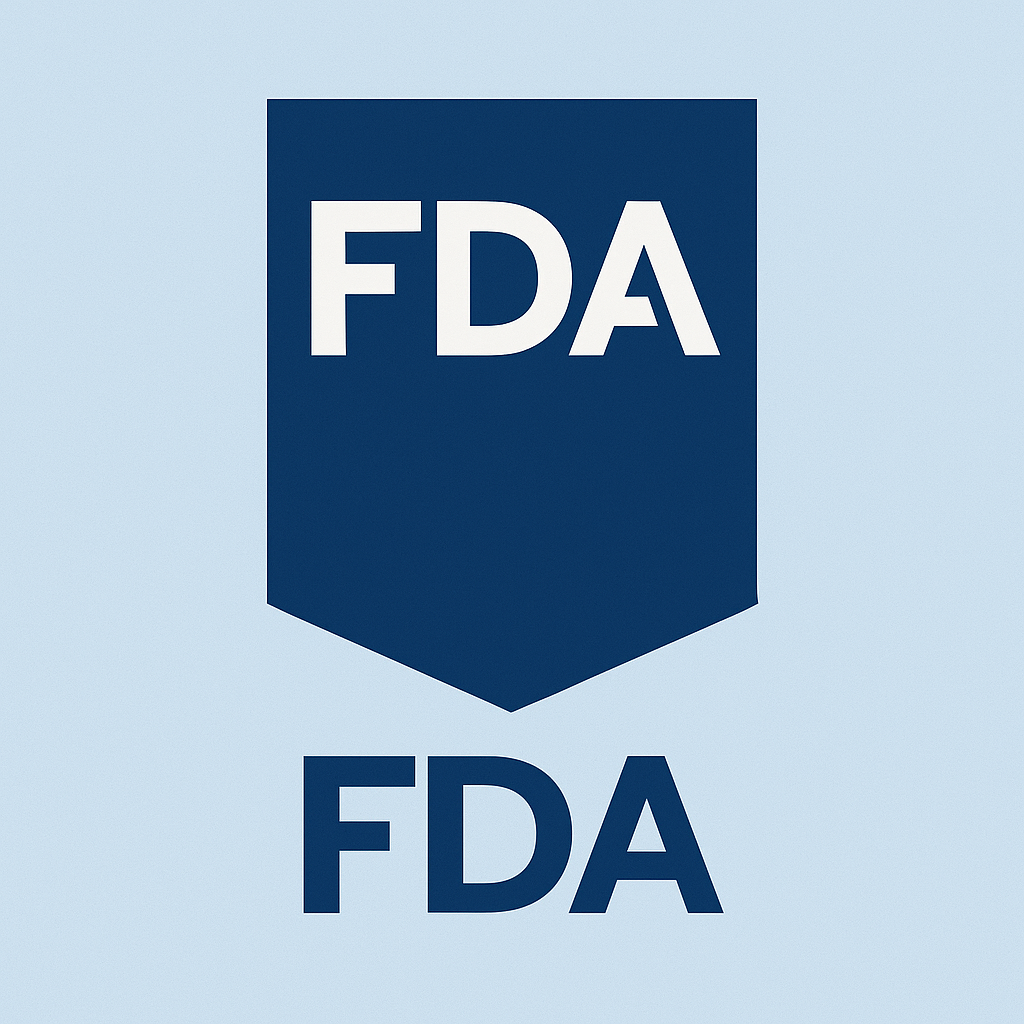In January 2025, the U.S. Food and Drug Administration (FDA) released six updated guidance documents about donor eligibility determinations for human cells, tissues, and cellular and tissue-based products (HCT/Ps). These updates replace and expand upon the 2007 guidance1 on donor eligibility determination, reflecting the current interpretation of regulatory requirements under 21 CFR Part 1271 Subpart C. The updated documents include one comprehensive draft guidance titled Recommendations for Determining Eligibility of Donors of Human Cells, Tissues, and Cellular and Tissue-Based Products: Draft Guidance for Industry2, as well as five RCDAD-specific guidance documents3-7. These guidance documents outline the FDA’s current recommendations on risk factor assessments, relevant clinical evidence, and physical evidence for relevant communicable disease agents or diseases (RCDAD), aiming to reduce the risk of communicable disease transmission. The five finalized or draft guidance specifically address the following RCDADs, including Human Immunodeficiency Virus (HIV), Hepatitis B Virus (HBV), Hepatitis C Virus (HCV), Sepsis, and Mycobacterium tuberculosis (Mtb).
The guidance documents for sepsis and Mtb are effective immediately, while the remaining documents are currently pending finalization. Additionally, the FDA has consolidated previous guidance documents issued between 2007 and 2025 related to syphilis, HBV, and West Nile Virus (WNV), incorporating updates to recommended testing methodologies. The updated information is summarized below:
1. Updated RCDADs
The FDA has revised the list of RCDADs for which both donor screening and testing are required. All types of HCT/Ps donors must be screened and tested for:
- HIV (HIV-1 and HIV-2)
- HBV and HCV
- Syphilis
- Transmissible spongiform encephalopathy (TSE)
- West Nile Virus (WNV)
- Vaccinia virus
- Sepsis
- Mycobacterium tuberculosis (Mtb)
- Agents of xenotransplantation-associated infection risk
For leukocyte-rich HCT/Ps, additional screening and testing for human T-lymphotropic virus types I and II (HTLV-1/2) and cytomegalovirus (CMV) are required.
For reproductive HCT/Ps, Chlamydia trachomatis and Neisseria gonorrhea are identified as RCDADs and require appropriate donor screening and testing.
It is noteworthy that the Zika virus, previously identified as an RCDAD in 2016, was removed from the list in 2024 due to significantly decreased incidence and prevalence.
Reference
- Eligibility Determination for Donors of Human Cells, Tissues, and Cellular and Tissue-Based Products (HCT/Ps): Guidance for Industry 2007
- Recommendations for determining donor eligibility of donors of human cells, tissues and cellular and tissue-based products: Draft Guidance for Industry 2025

